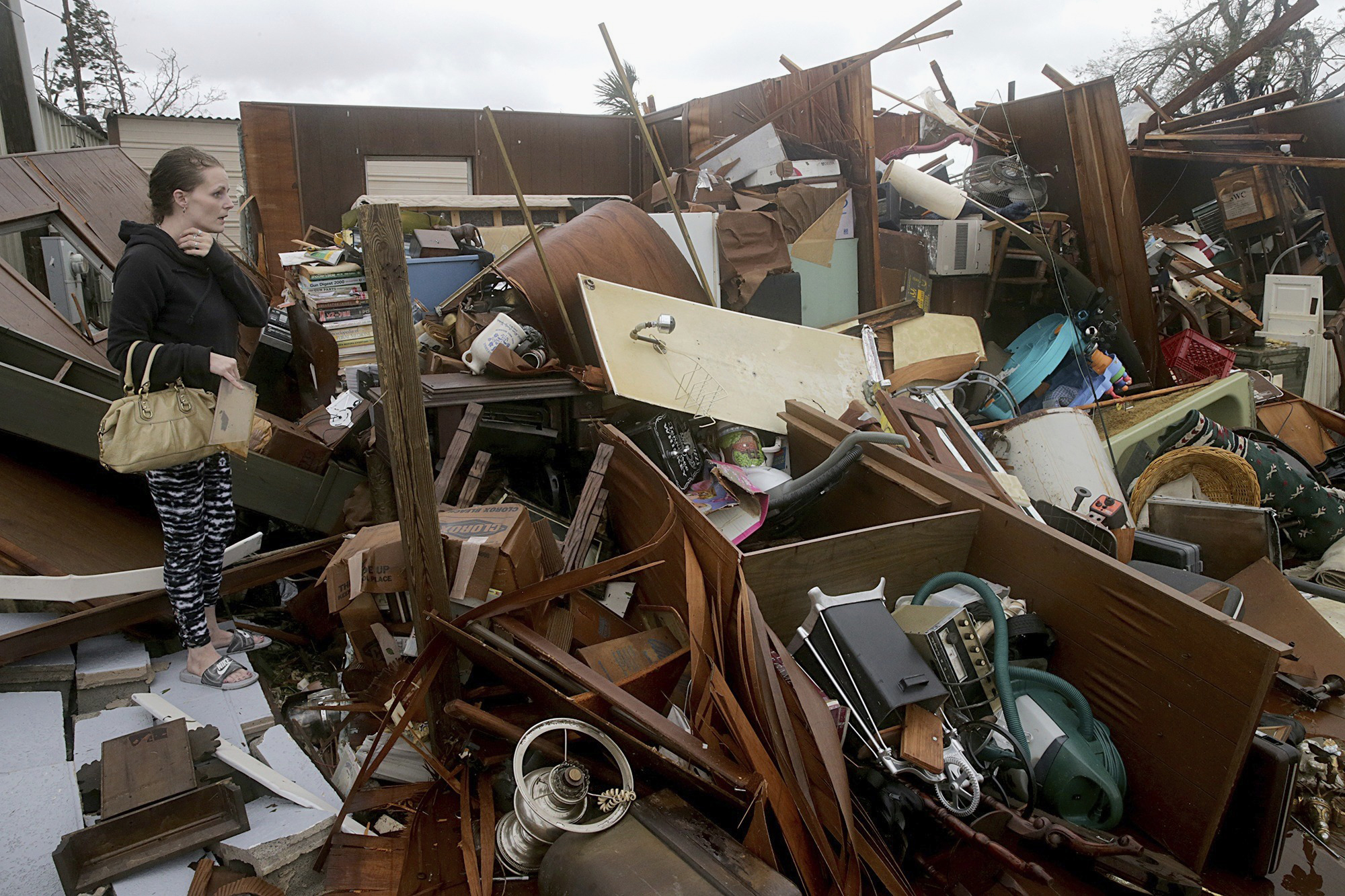When Hurricane Michael barreled into the Florida Panhandle on Wednesday with 155-mph (249-kph) sustained winds, it defied forecasts made just two days beforehand, its wind speeds doubling since Monday and coming in just short of the highest category of intensity.
Michael was not the only tropical cyclone in recent years to undergo what scientists refer to as "rapid intensification," defined as an acceleration of wind speeds of at least 35 mph (56 kph) in 24 hours or less. The phenomenon has become more serious as the oceans have warmed with climate change.
"It is most likely that the very warm water in the Gulf (of Mexico) . . . is likely contributing to the intensity and the intensification that we have seen," said Jim Kossin, an atmospheric scientist with the U.S. National Oceanic and Atmospheric Administration.


















With your current subscription plan you can comment on stories. However, before writing your first comment, please create a display name in the Profile section of your subscriber account page.